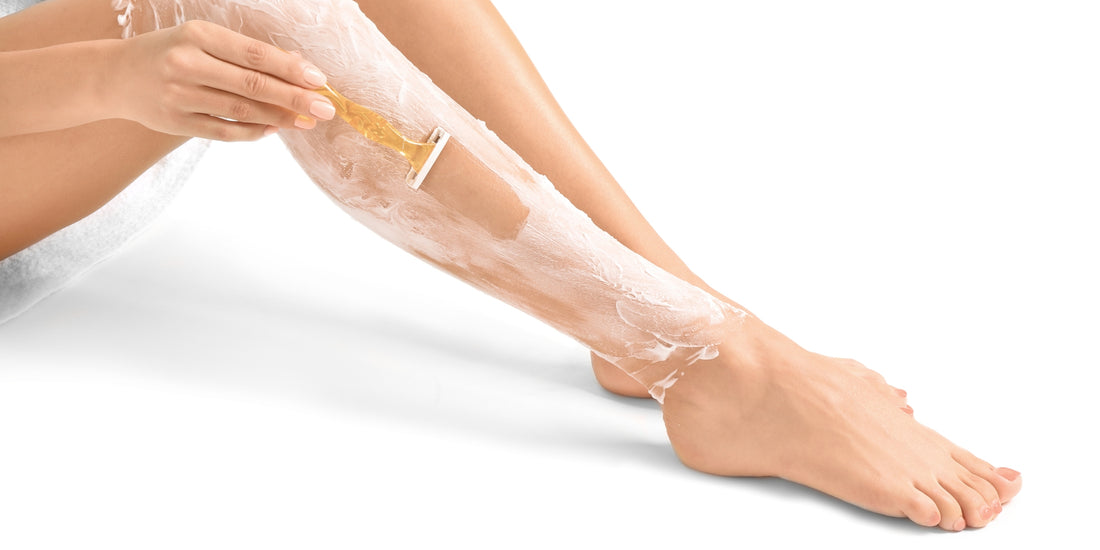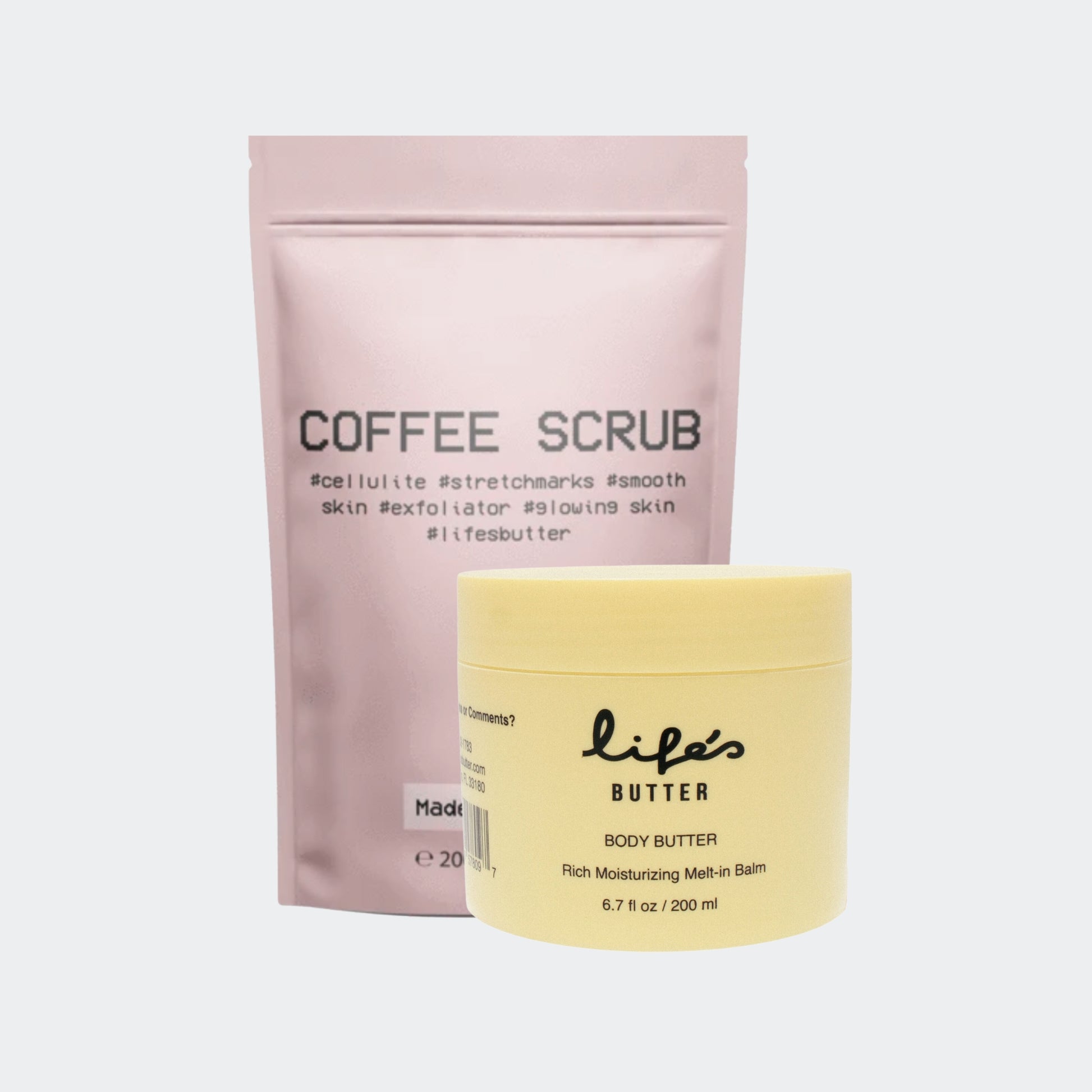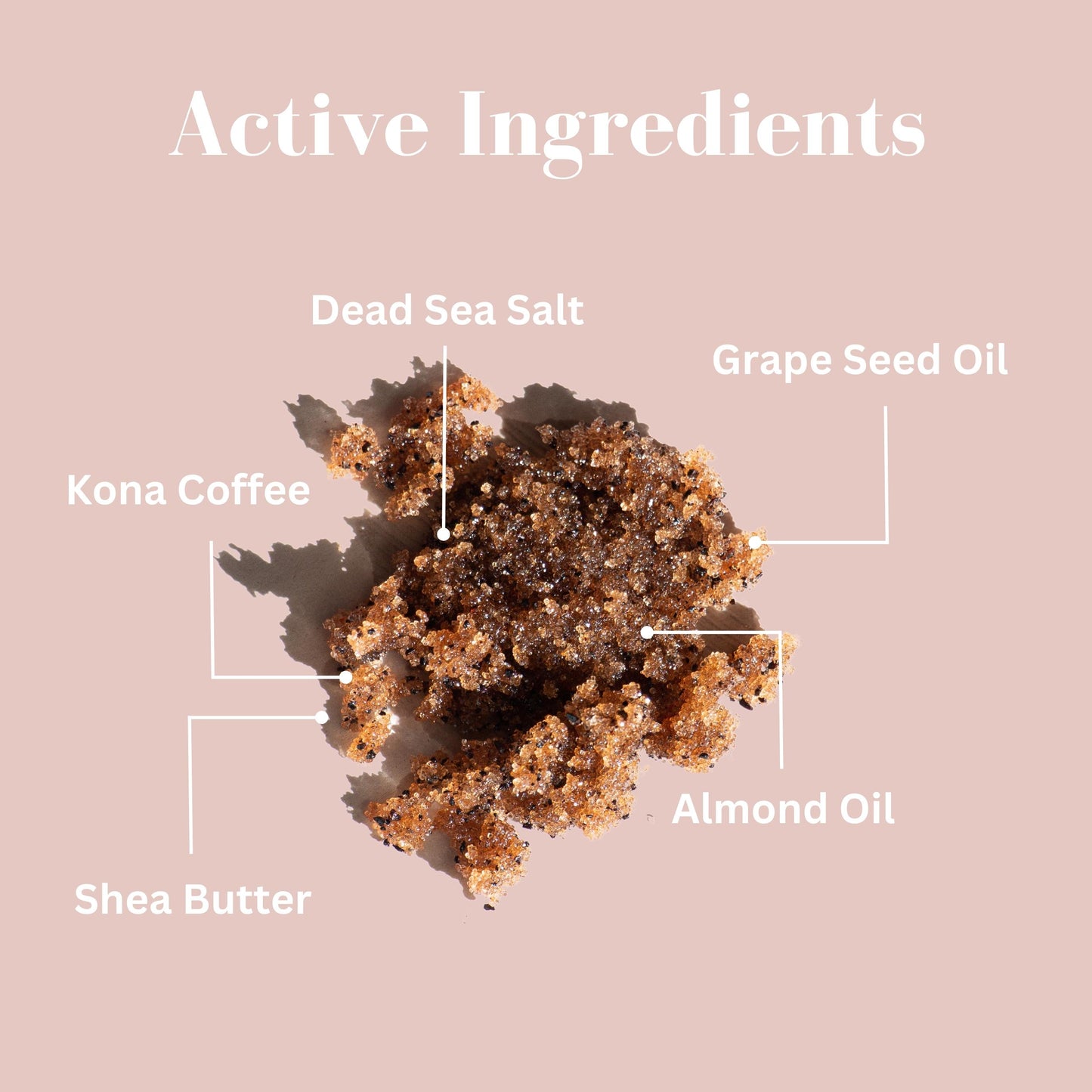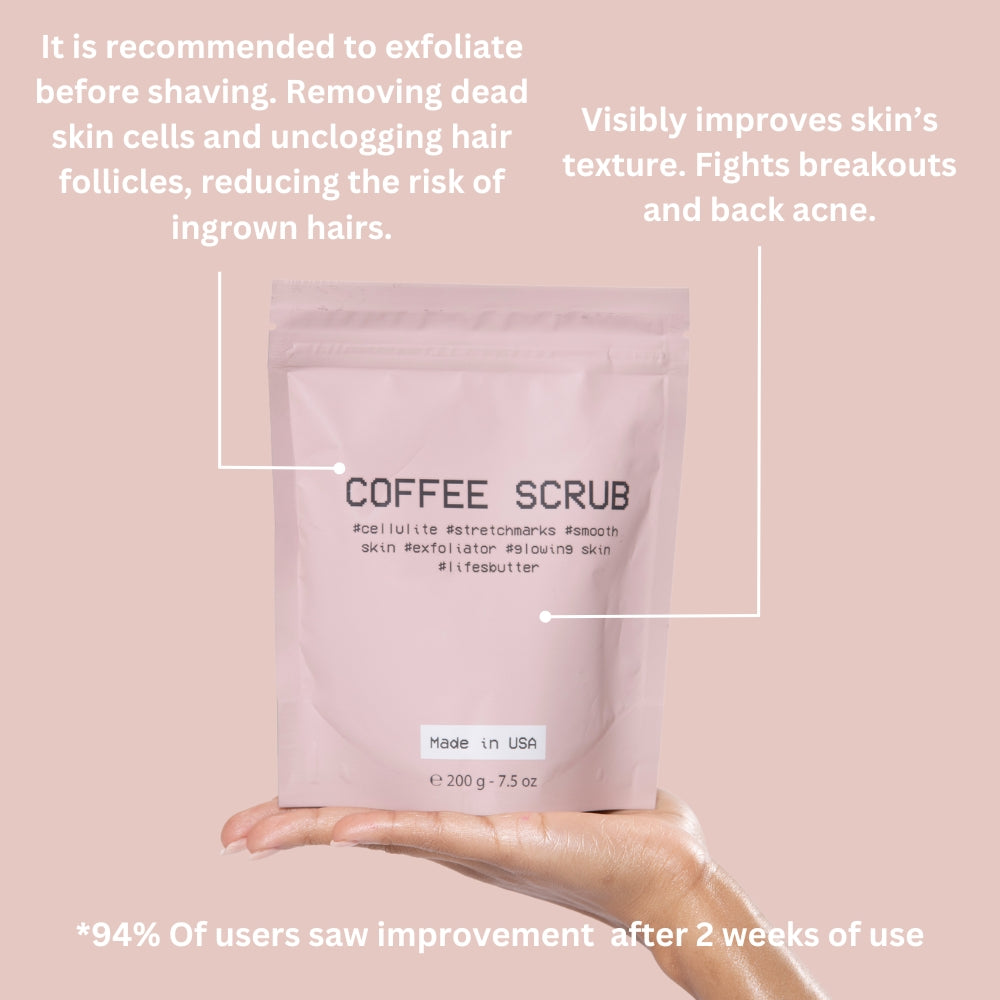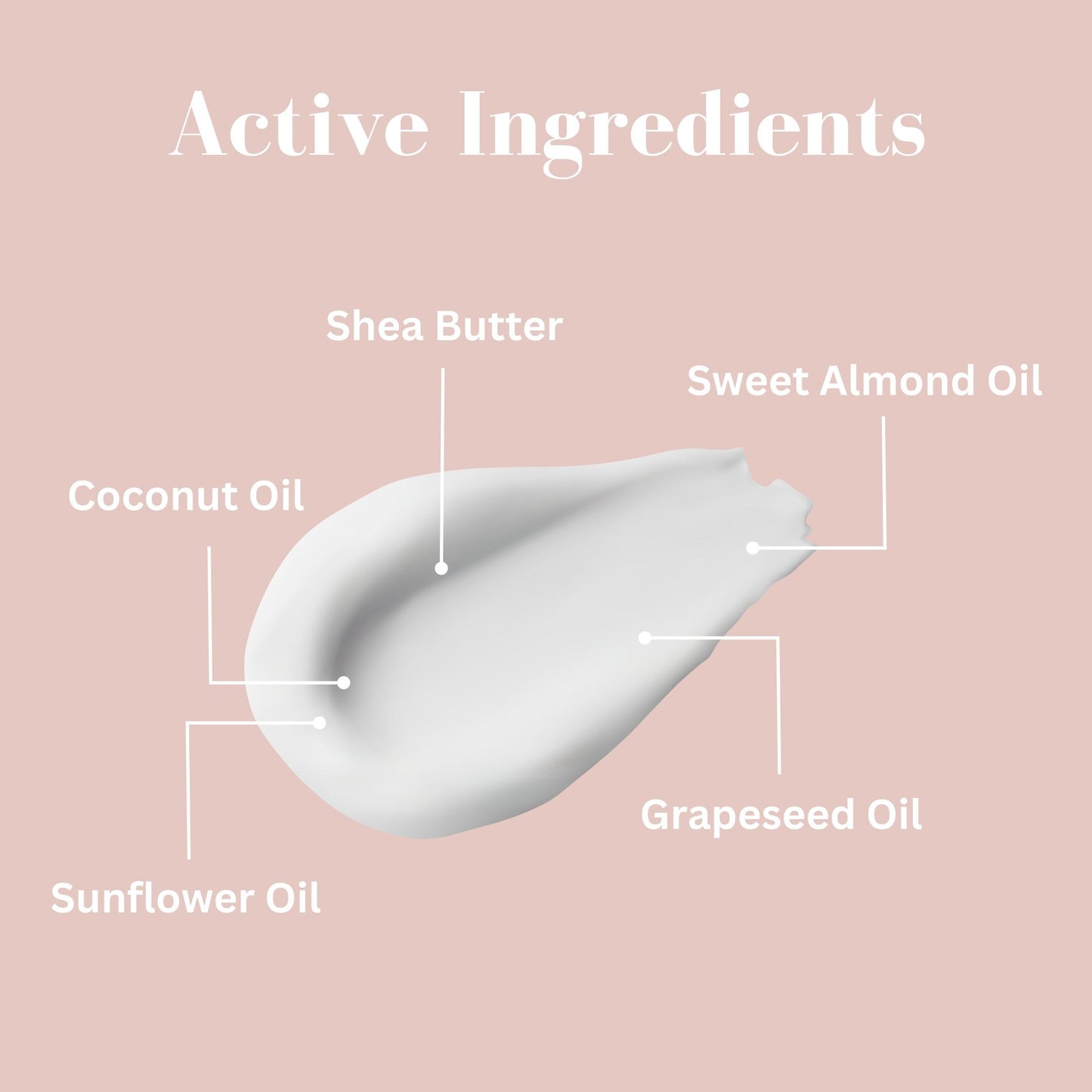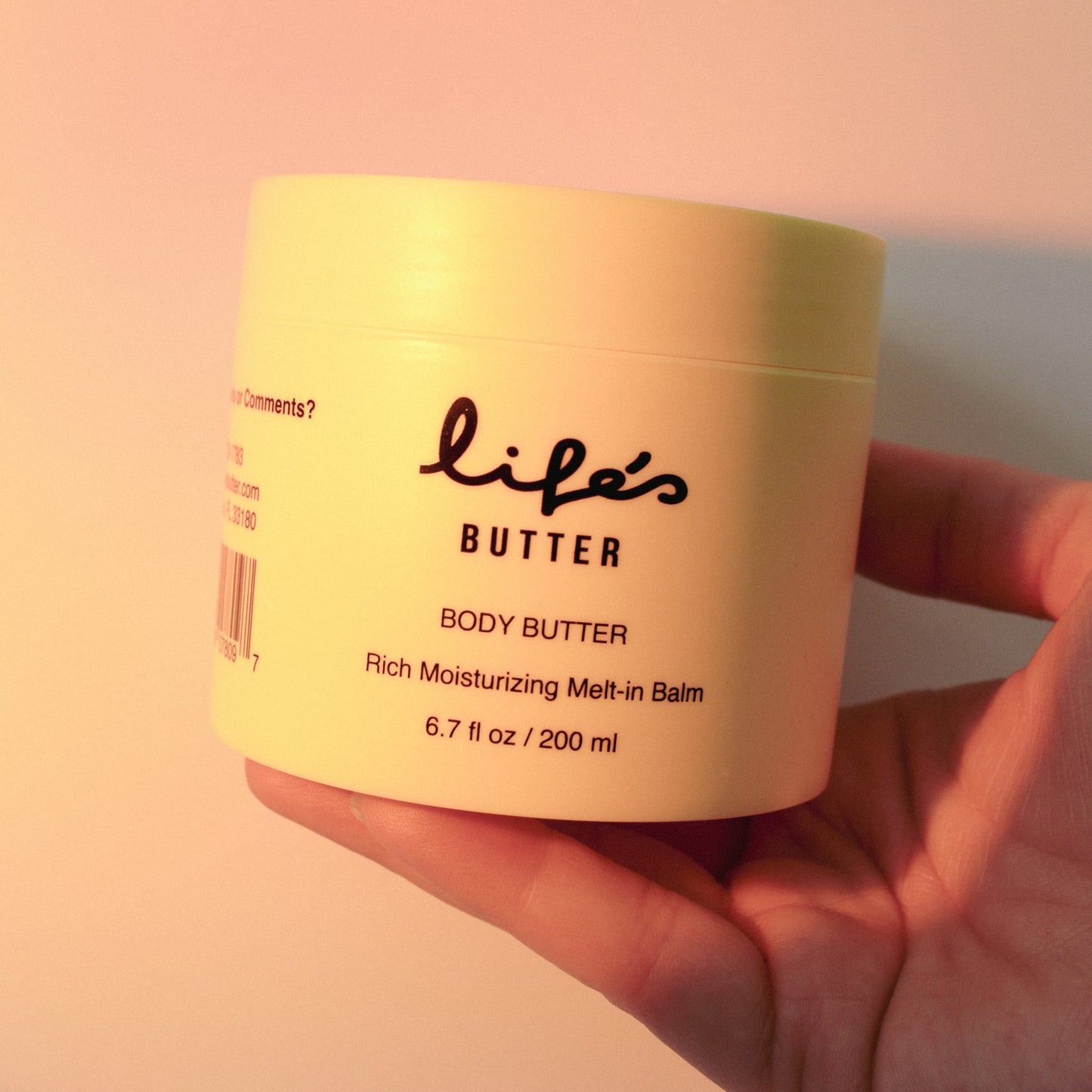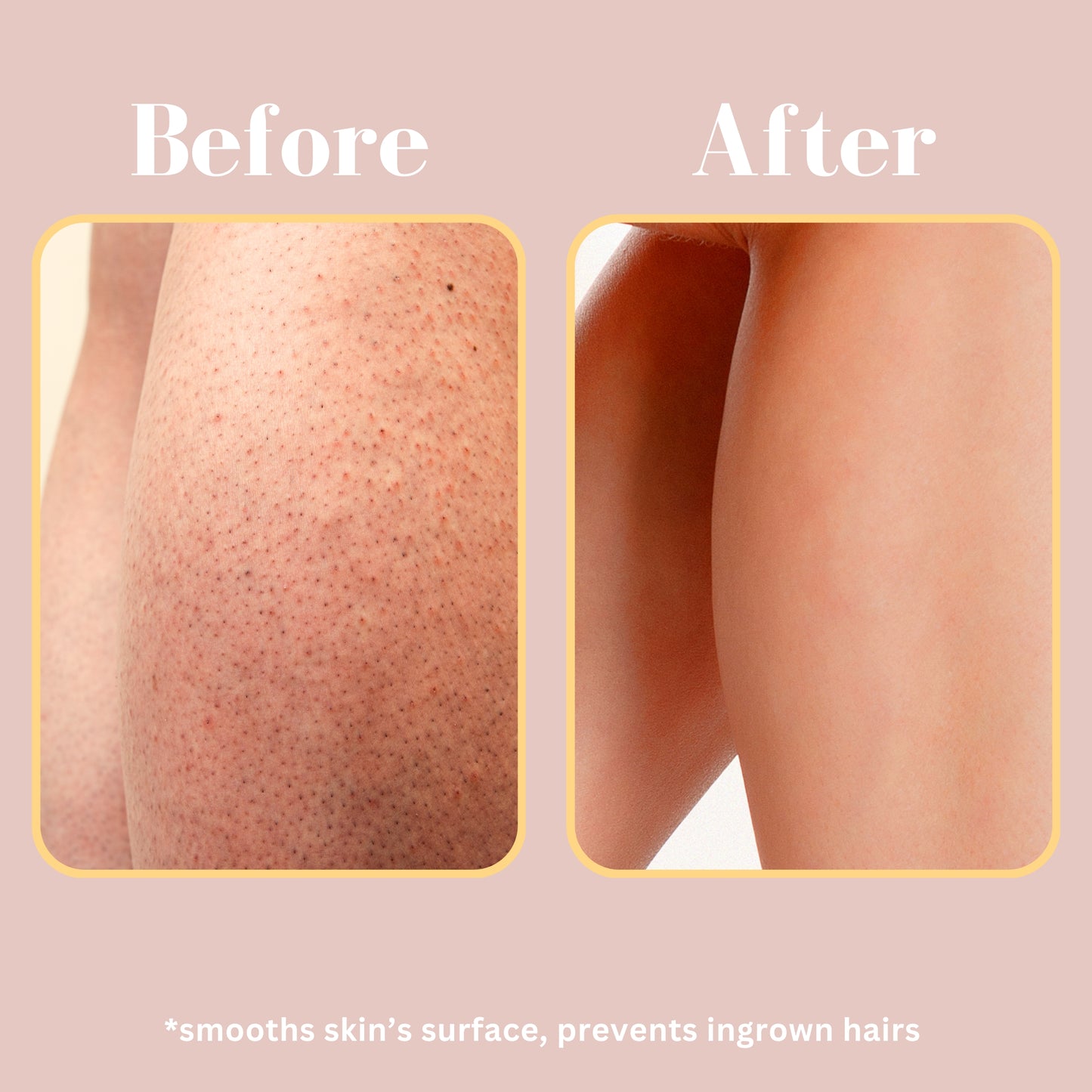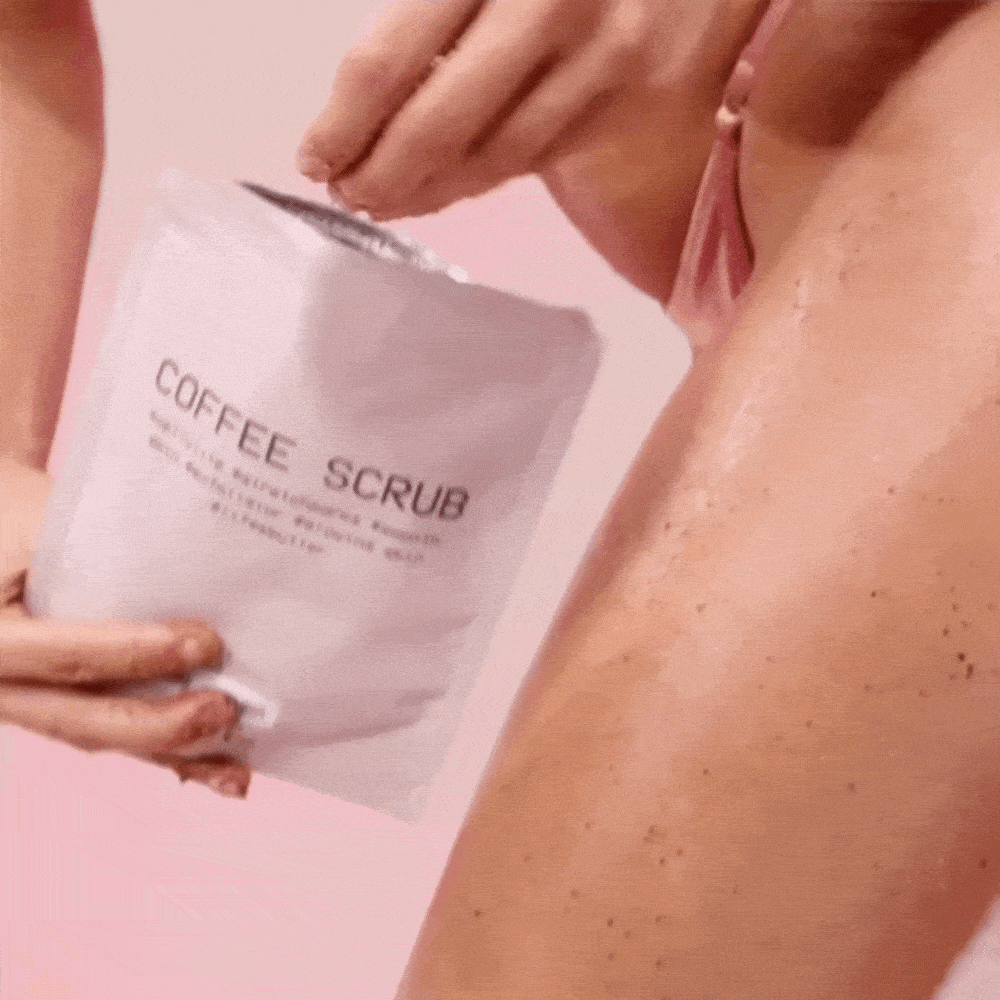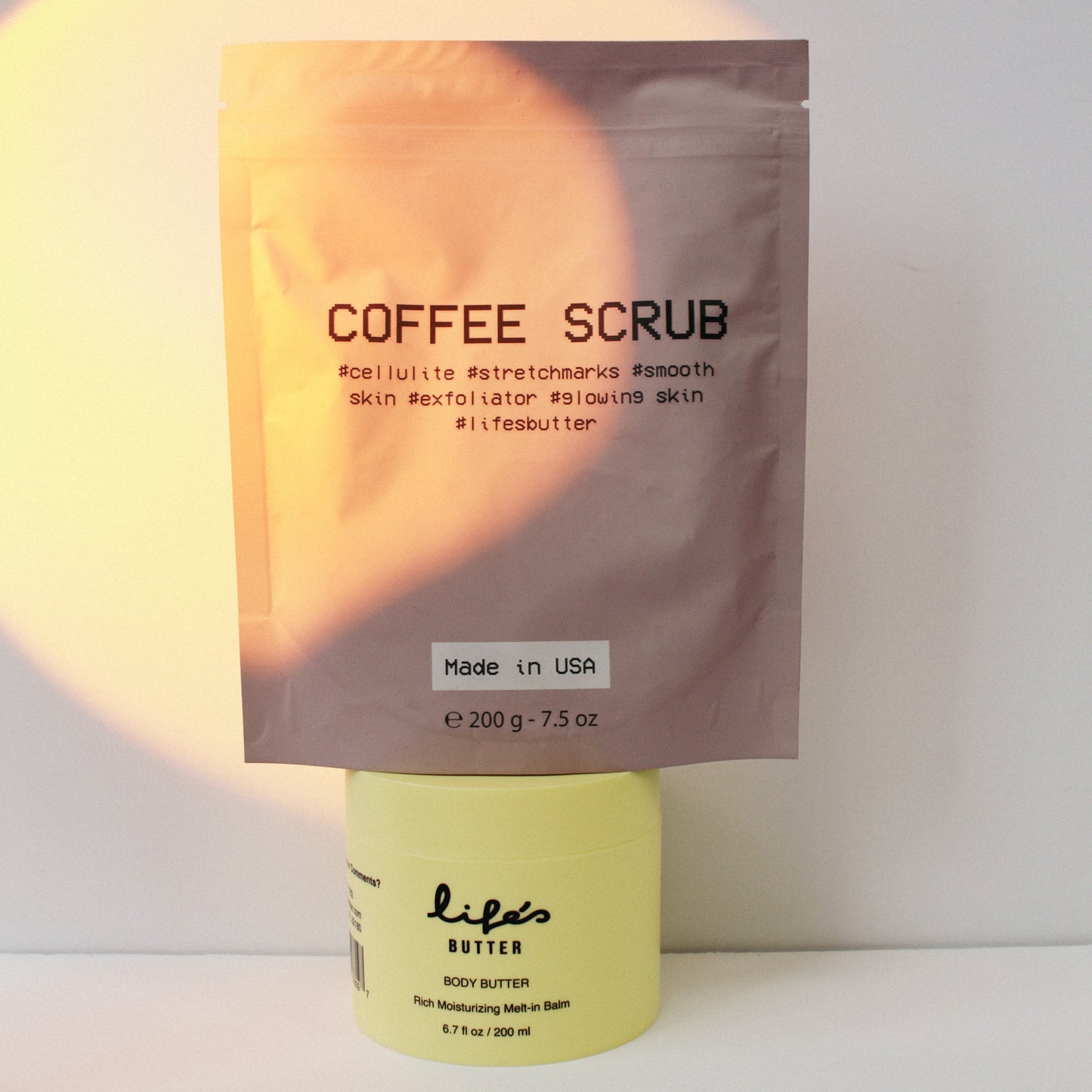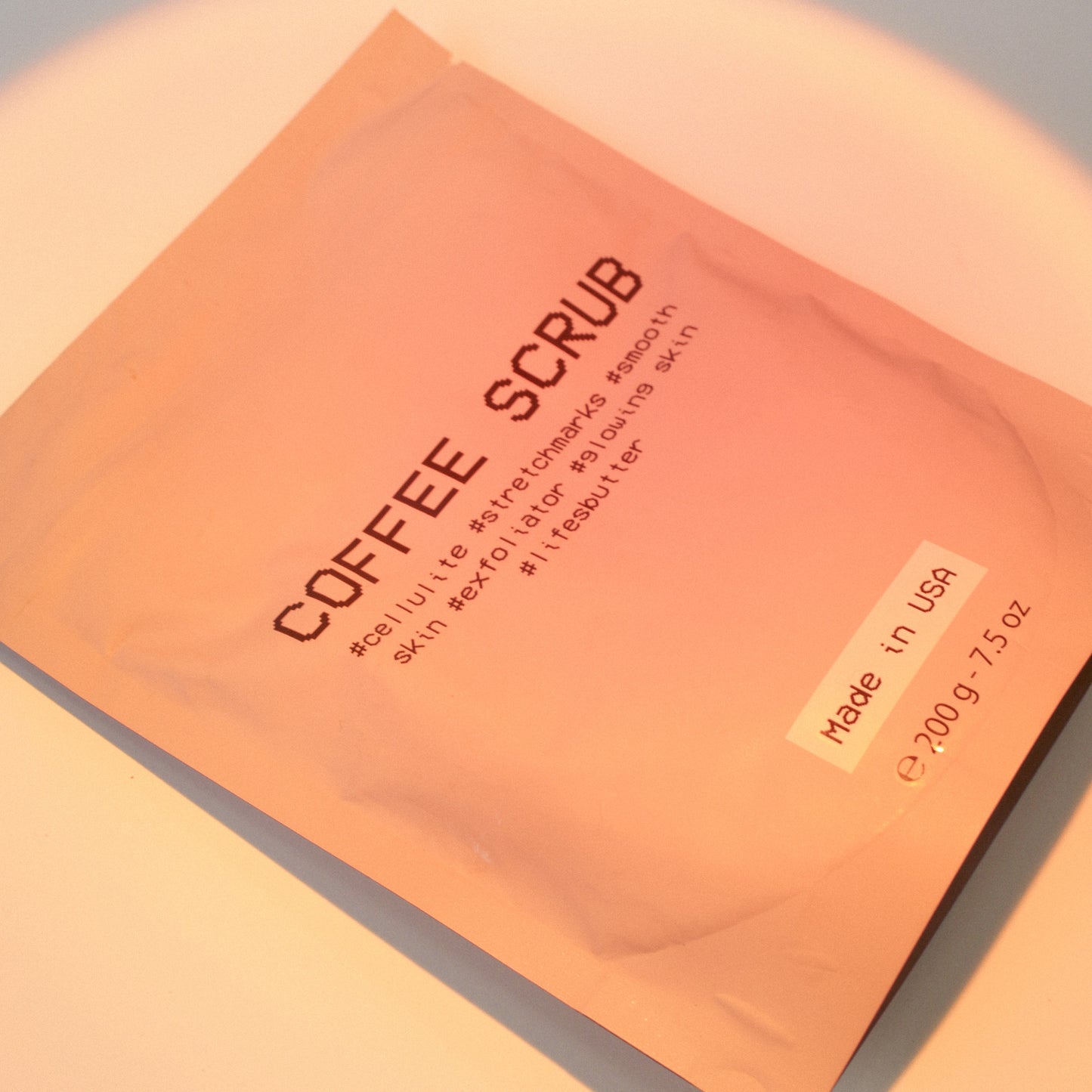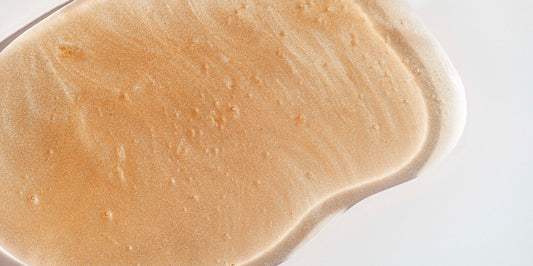Preventing ingrown hairs after shaving requires a combination of proper shaving techniques, skincare, and maintenance. Here's a routine to help you minimize ingrown hairs:
-
Preparation: Start by washing the area you plan to shave with a gentle cleanser to remove dirt, oil, and dead skin cells. This helps prevent ingrown hairs by reducing the chances of hairs becoming trapped beneath the skin.
-
Exfoliation: Exfoliate the area using a mild exfoliating scrub or a loofah. This helps to further remove dead skin cells and unclog hair follicles, reducing the risk of ingrown hairs.
-
Choose the Right Razor: Use a sharp, clean razor. Dull blades can cause more irritation and ingrown hairs. Disposable razors should be replaced regularly.
-
Shaving Technique: Shave in the direction of hair growth, not against it. This reduces the likelihood of hairs being cut too short and curling back into the skin. Use light, gentle strokes, and avoid pressing too hard. Apply minimal pressure to the razor while shaving. Rinse the razor frequently to prevent clogging.
-
Shaving Cream or Gel: Apply a quality shaving cream or gel to the area before shaving. This lubricates the skin and hair, reducing friction and irritation.
-
Post-Shave Care: Rinse the shaved area with cold water to close the pores and soothe the skin. Pat your skin dry with a clean, soft towel rather than rubbing. Apply a moisturizing lotion to soothe and hydrate the skin. Look for products containing ingredients like aloe vera, chamomile, or witch hazel, which can help reduce irritation.
-
Avoid Tight Clothing: After shaving, try to wear loose-fitting clothing to reduce friction on the freshly shaved skin.
-
Regular Moisturizing and Hydration: Keep the skin well-moisturized daily to maintain skin health and minimize the chances of dry skin and ingrown hairs.
-
Exfoliate Regularly: Continue to exfoliate the shaved area regularly, but be gentle to avoid over-exfoliation.
-
Avoid Over-Shaving: Shave less frequently if possible, allowing the hair to grow slightly longer between shaves. Over-shaving can increase the risk of ingrown hairs.
-
Consider Alternative Hair Removal Methods: If ingrown hairs are a persistent issue, you may want to explore alternative hair removal methods like waxing or using an electric trimmer. These methods can sometimes reduce the occurrence of ingrown hairs.
If you still experience ingrown hairs despite following this routine, or if they become infected or painful, consider consulting a dermatologist for specialized advice and treatment options.


